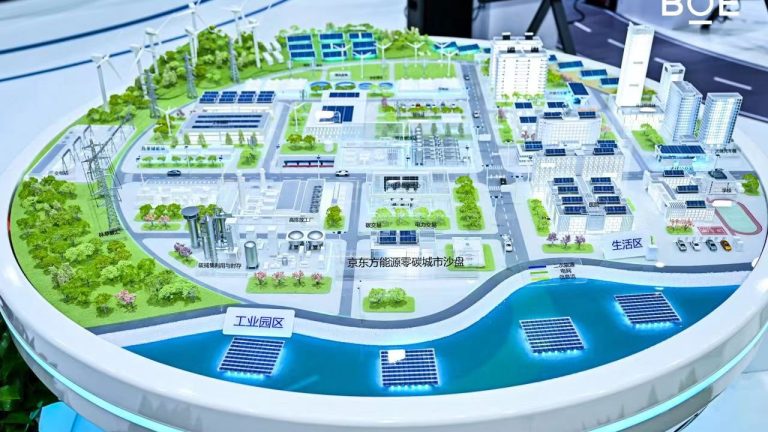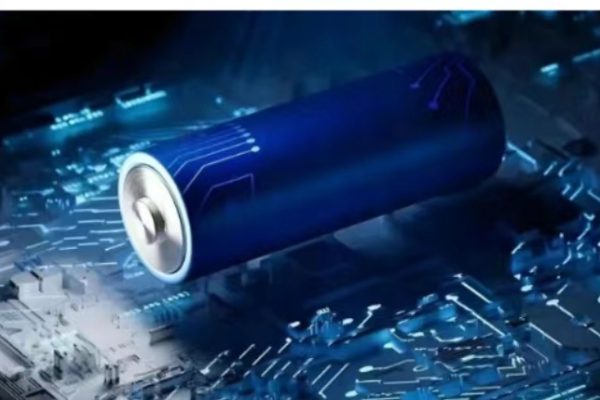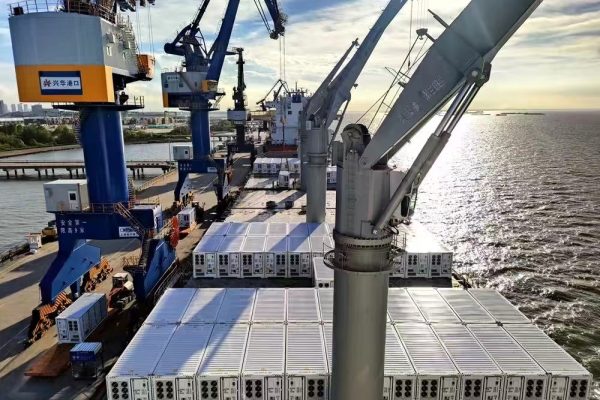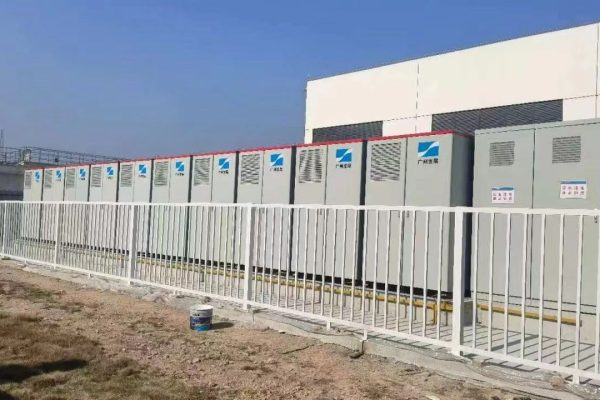What Solar + Storage Exporters and Integrators Need to Know
Introduction: Why Southeast Asia Is Different
Southeast Asia isn’t just one market — it’s a mosaic of different climates, power grid conditions, building standards, and buyer profiles.
From off-grid island schools in the Philippines to grid-tied hybrid farms in Vietnam, the diversity of installation scenarios requires more than a one-size-fits-all solution.
If you’re a system integrator or a technical trader exporting to the region, understanding real-world constraints on the ground helps you propose the right PV+ESS configurations — without overspecifying or underperforming.
1. Common Project Types in Southeast Asia
| Type of Installation | Typical Size | Key Characteristics |
|---|---|---|
| Island Schools / Clinics | 3–10kW | No grid, harsh humidity, manual maintenance |
| Rural Telecom Sites | 2–5kW | Remote, DC load, high autonomy demand |
| Resort & Guesthouses (Grid + Gen) | 5–20kW | Partial grid, night loads, need for quiet operation |
| Small Farms or Cold Storage | 10–30kW | Load fluctuations, generator backup, off-peak charging |
| Urban Homes (Backup Focused) | 3–5kW | Grid tied, AC-coupled, concern over voltage sags |
| Retail Shops or Clinics | 5–15kW | Grid + battery for backup & savings, space constraints |
These projects require hybrid flexibility, and often work best with modular battery + inverter solutions that can grow or be adjusted on-site.
2. Environmental Realities: Rain, Heat, Dust, and Salt
Southeast Asia’s tropical conditions challenge product longevity. Key considerations:
- Humidity & Salt (e.g., coastal Indonesia, Philippines):
→ Prefer conformal-coated PCBs, IP65-rated enclosures, and corrosion-resistant connectors. - Heat (e.g., Thailand, Cambodia, Vietnam):
→ Check derating curves! Inverters must maintain performance at >40°C ambient. - Dusty/Rural Areas (e.g., Myanmar, Laos):
→ Passive cooling is often better than fans that clog; filter-cleaning access is critical. - Heavy Rains/Storms:
→ Elevated mounting, waterproof DC connectors, drainage plans must be part of the design.
3. Grid Instability & Generator Integration
Many grid-connected regions (like rural Malaysia or interior Vietnam) experience:
- Frequent outages
- Low voltage windows (180–210V)
- Sudden generator switchovers
🛠 System Tip:
Choose hybrid inverters that:
- Support wide voltage windows
- Have fast ATS or built-in genset support
- Offer adjustable low-voltage ride-through (LVR)
Poor grid conditions can trip cheap inverters and leave the client without power.
4. Installer Skills and Support Needs
In some rural or island areas:
- Local installers may lack EMS or battery protocol expertise
- Basic tools only (no oscilloscope, limited monitoring access)
- Projects often commissioned via remote guidance or WhatsApp
👉 What helps:
- Pre-configured inverter-battery sets (paired, tested at factory)
- QR code video guides for local teams
- Clear labeling and color-coded wiring kits
- Onboard screens or app-based commissioning (vs. PC-based)
5. Real Examples from the Field
🇵🇭 Philippines – Off-Grid School in Palawan
- System: 5kW PV, 10kWh LFP battery, hybrid inverter
- Challenge: No grid, heavy rainfall, zero trained staff
- Solution: Wall-mount hybrid with touchscreen setup, LFP in IP65 metal cabinet
- Result: Zero fuel consumption during daytime classes; battery lasts till 10PM
🇹🇭 Thailand – Backup System for Farm Irrigation
- System: 15kW inverter, 30kWh battery, grid + diesel
- Challenge: Unreliable grid, motor startup loads
- Solution: Battery prioritization logic, generator auto start on SOC <20%
- Result: Reduced diesel runtime by 60% over 8 months
🇻🇳 Vietnam – Residential Storage in Grid-Connected Villa
- System: 5kW hybrid inverter + 10kWh LFP + PV
- Challenge: Frequent blackouts during storms
- Solution: AC-coupled system with 2ms backup switchover
- Result: Seamless transition during grid failure; home WiFi and AC stay online
6. What Installers and Exporters Should Watch
| Watchpoint | Why It Matters |
|---|---|
| Protocol Matching | CAN/RS485 issues cause inverter-battery misreadings |
| Cable Sizing | Undersized AC/DC cables reduce efficiency |
| Battery Cabinet IP Rating | Indoor vs. Outdoor placement decisions |
| Backup Load Sizing | Many homes want full load, not just essentials |
| Solar Panel Orientation | Shading from palm trees, low-angle rooftops |
Conclusion: Design for the Real Site, Not Just the Datasheet
In Southeast Asia, the success of a small PV+ESS project hinges not just on product specs — but on how well the system adapts to local weather, installer capacity, and power realities.
As a technical trader or project supplier, the more you understand local constraints, the more valuable your offer becomes.
“Smart support beats smart tech — especially when you’re five hours away by boat.”









